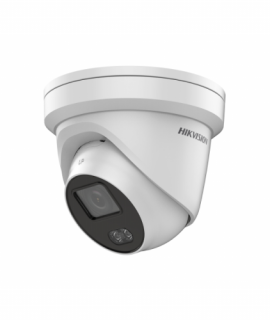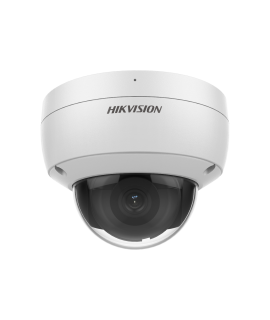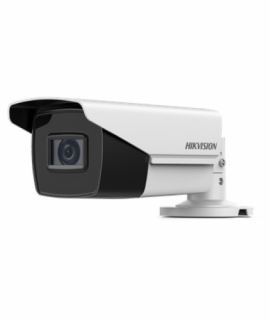- Call us: +998 99 888 83 84
- Write us: info@amt.uz
IP camera
An IP camera is a digital video camera, a feature of which is the transmission of a video stream in digital format over an Ethernet and TokenRing network using the IP protocol. As a network device, each IP camera on the network has its own IP address. Unlike analog cameras, when using IP cameras, after receiving a video frame from a CCD (English CCD) or CMOS (English CMOS) camera matrix, the image remains digital until it is displayed on the monitor. As a rule, the image obtained from the matrix is compressed before transmission using frame-by-frame (MJPG) or streaming (MPEG-4, H.264) video compression methods. Dedicated IP cameras often transmit uncompressed video. As a transport layer protocol of the OSI model, IP cameras can use TCP, UDP and others. PoE is common for IP cameras. By eliminating the need to transmit an analog signal in PAL or NTSC format, IP cameras can use high resolutions, including megapixel ones. Typical resolution for network cameras is 640x480 pixels. There are cameras with megapixel resolutions of 1280x1024, 1600x1200 and higher. By eliminating the use of PAL and NTSC analog television standards, IP cameras can transmit video frames at the required frequency. There are IP cameras with a transmission rate of more than 60 frames per second. IP cameras can be categorized as webcams. The concept of a webcam describes the function of a device and is broader. For example, webcams include USB and FireWire cameras. IP cameras are used to solve the following tasks: video surveillance systems; remote monitoring of technological processes; remote project management; visual verification of abnormal situations; promotion of travel and other services in the network.


